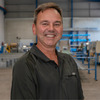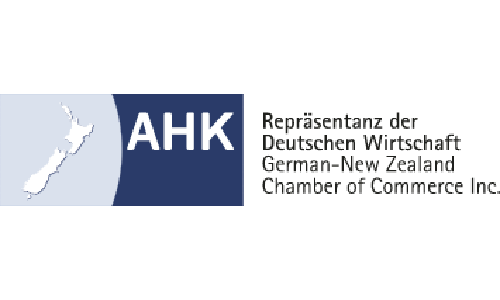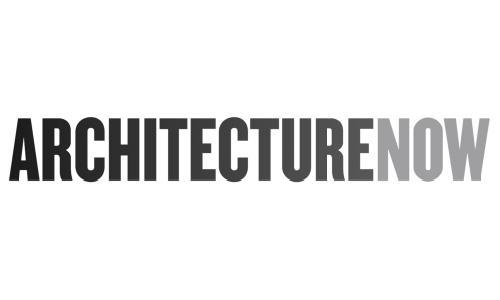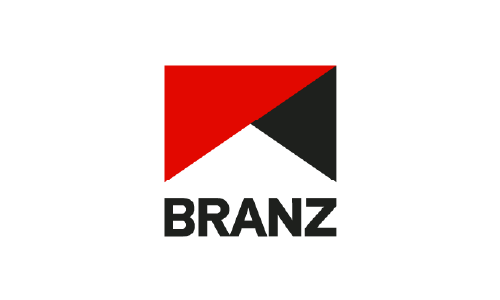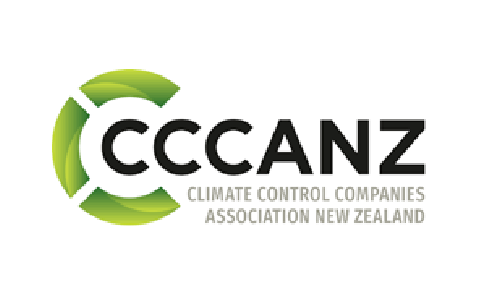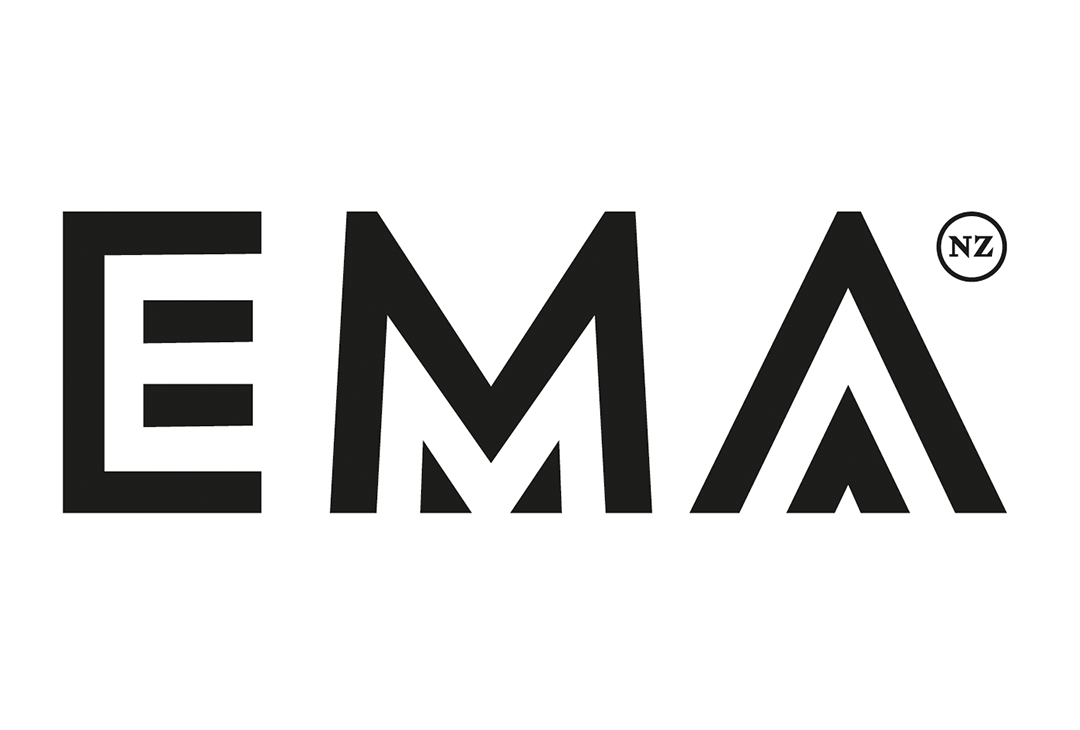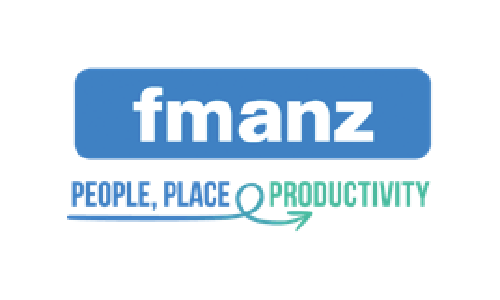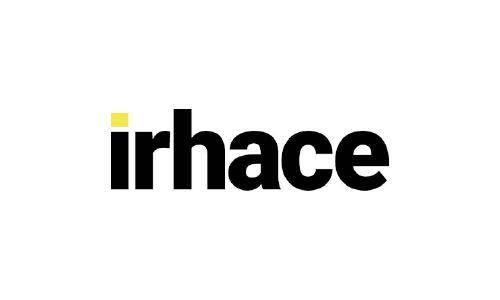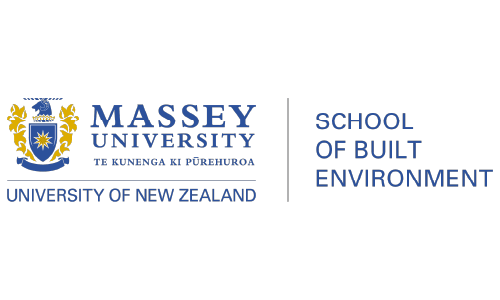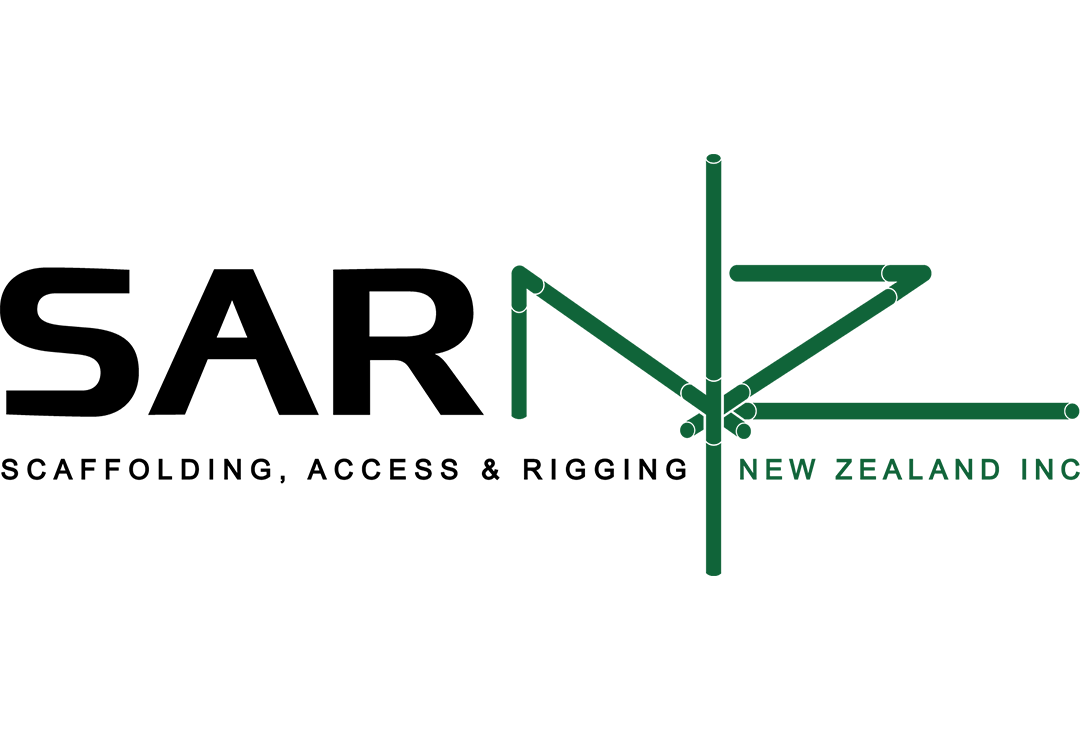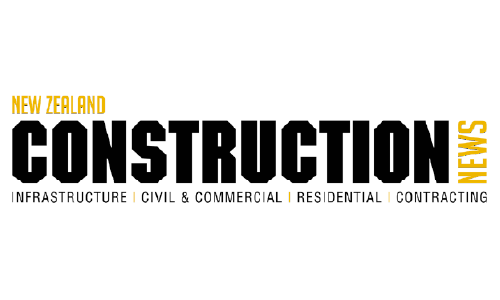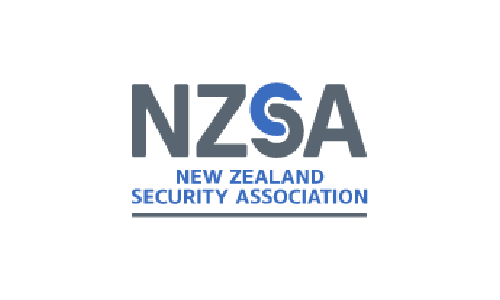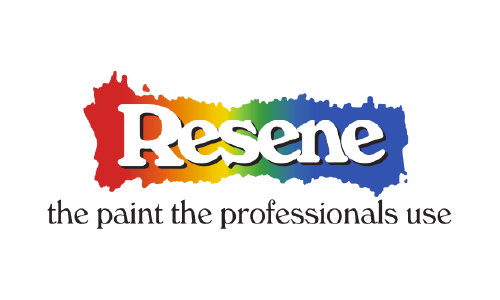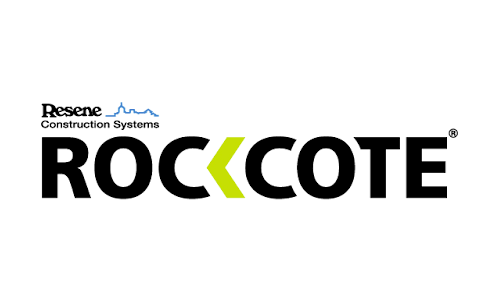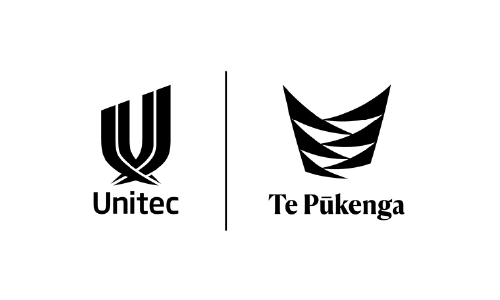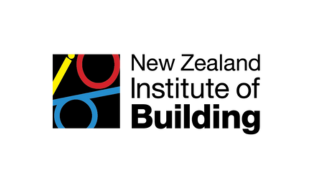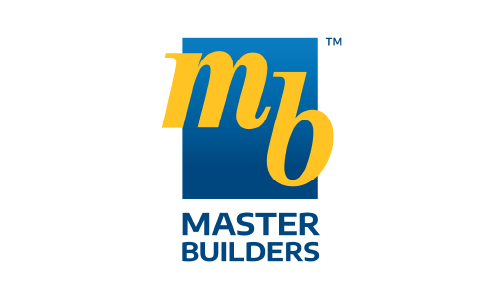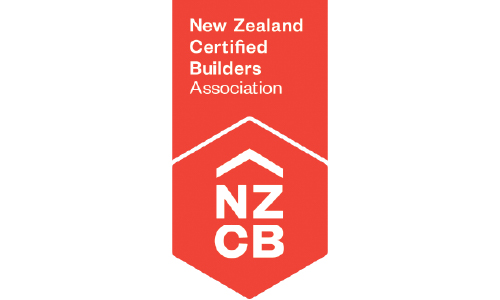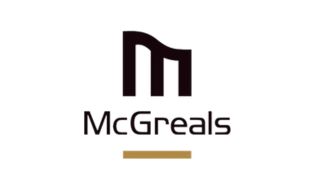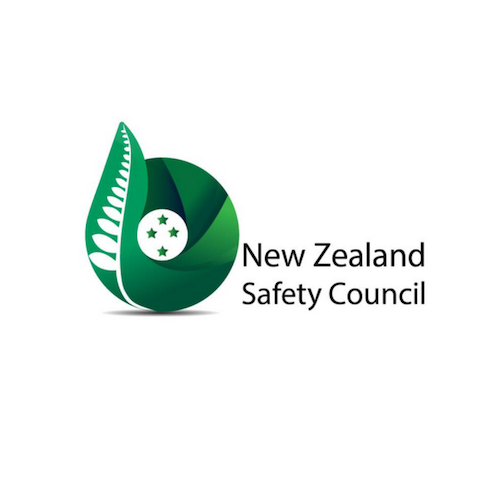Speedfloor Education Zone
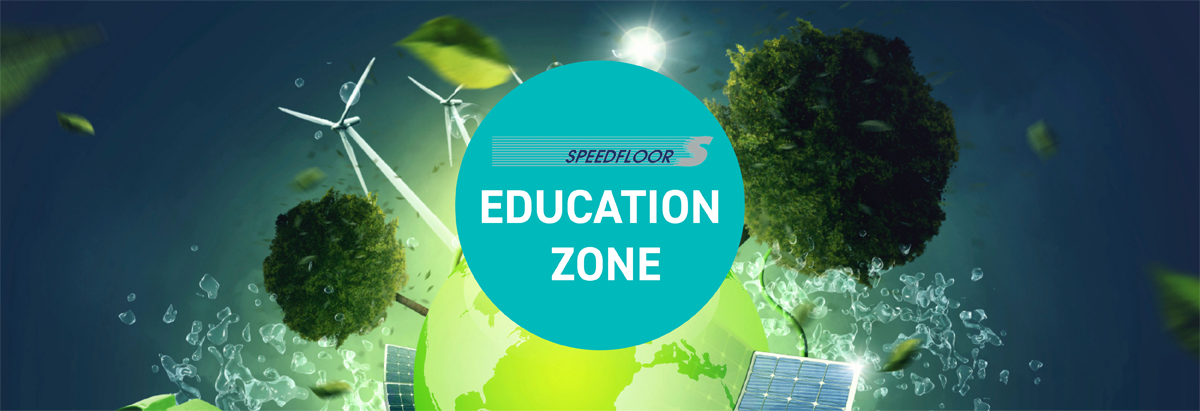
The Speedfloor Education Zone covers a breadth of topics relating to construction technologies, current landscape affecting the sector, workplace health and safety.
Attendees can learn about efficient building technologies with the session on "Why Build with Steel and Construction Technology, and How to Build with Steel" which also includes a hands-on session. In addition, there is a panel discussion about the "challenges for the construction sector and why it is inevitable", plus presentations on physical intelligence to mental health.
Additionally, as outlined in MBIE’s LBP Skills Maintenance Scheme, attendees will be able to claim 1 LBP point for each hour of relevant elective activity at the Speedfloor Education Zone.
A full schedule of workshops will be available soon.
- All
- Wed
Wednesday 25 November
Why a Physically Intelligent Workforce Matters
12:30pm-1:15pm
Understanding what it takes for manual handling training to work long term. Learning a physical skill is not a mystery – we do it all the time, to improve sporting techniques, learn to drive a car or play the piano.
Yet we expect our bodies to behave differently when it comes to learning safe and effective movement skills in the workplace.
In this session we outline in practical, easy-to-understand terms what we can do to take people from unsafe movement habits, to effective, safe ones.
The outcome is a measurable reduction in strain-sprain injuries.
Based on physical movement and sound physical learning principles, the session will be interactive, engaging and educational, providing attendees with learnings they can use within their own workplace.
An informative case study from a large manufacturing plant will highlight how this strategy is successful in the real world, and how it can benefit any organisation, its productivity and its employees.
Following this interactive session participants will leave with an understanding of:
- What effective training methodology is required to ensure positive and long lasting change in movement habits and a resultant reduction in injuries.
- Why traditional training models have had minimal impact in reducing injury rates and improving worker well-being being
Make Safety Great Again
1:30pm-2:15pm
The traditional approach to health and safety may bring down the unacceptable figures of fatalities we’ve got in New Zealand, but it won’t fix the problem.
We need to confront the issue to do something different. Talking more about safety won't achieve that outcome. If talking about it was going to work, it would have worked by now. In this session, Brent Sutton will take the participants on a learning journey to understand how people are seen as the solution, how to engage people and leverage their skills, so that worker participation becomes a new way of running an organisation, where everybody benefits without replacing your existing health and safety system.
Why Build with Steel and Construction Technology, and How to Build with Steel
2:30pm-3:15pm
There is a global revolution in construction generated by the need for better and more efficient building technology to meet increasing demand. The combination of using roll-formed steel and framing automation is a part of the industrialised construction groundswell worldwide where technology driven construction brings smarter ways of building.
We will outline the benefits of building with steel to the home owner, investor and builder, compared to traditional methods - how cold-formed steel framing (also known as light gauge steel), pre-manufactured offsite with pre-punched holes and notches, bring solutions of efficiency, speed, increased quality, time and cost savings.
Cold formed steel manufactured with precision technology is dimensionally accurate, stays strong and stable over time, reducing the need for call-backs and wastage. Faster build times, less re-work, fire-resistance and lower total costs are some of the other benefits. Steel is also 100% recyclable, healthier (with none of the preservative chemicals associated with timber), does not support mould, and stays straight and true for years to come.
We will also give a practical guide on how to build with steel – the tools, fasteners, connectors required, how to create thermal breaks, how to fix insulation, wall and ceiling linings, building paper, etc.
We will also conduct a hands-on session where participants get to connect pre-cut, pre-punched steel profiles together to show how easy it is to work with steel.
The Future Of Workplace Wellbeing
3:30pm-4:15pm
The Future of Workplace Wellbeing – Promoting a “well’ workplace an reducing Psychosocial Harm
Vanessa uses the findings of the 2018 Mental Health & Addiction Inquiry to describe why workplaces should be concerned about building a well, inclusive workplace and minimise the chance of psychosocial harm, discrimination and bullying in the context of the legislation including Health and Safety Act (2015), Harassment Act (1997) and the Human Rights Act. You will receive an overview of the key elements a model to foster an environment and culture that promotes wellbeing in the workplace. This includes:
- Leadership and culture
- Positive organisational environment
- Addressing mental health issues
- Promoting positive mental health
She will finish with an overview of the trends Ignite are seeing in workplace mental health and wellbeing and the modernisation of traditional approaches to provide greater choice, accessibility and impact in a proactive manner and share links to free resources and information for your employees to access as part of your wellbeing programme. Ignite is backed one of the largest mental health NGO’s in NZ (Emerge Aotearoa) and exists to strengthen community wellbeing by addressing inequity and removing barriers to proactively accessing resources and support with a digital first approach to service delivery.
A video about their Kaupapa is available here.
- Thu
Thursday 26 November
Minimising Confined Space Fatalities Within City Utilities, Construction and Industrial Sites – A Radical New Approach
10:30am-11:15am
It is well established that 50% of CS fatalities are caused by the sentry rushing in to attempt a self-rescue of colleagues collapsed inside a space. This adds to the number of victims and costs over 1000 lives pa worldwide.
Over many years, regulators and standards bodies have revised / improved training, competency, codes, signage, permits, communications etc. All worthwhile improvements (mainly administrative) that have failed to address the root cause or provide a related solution so it recurs with tragic loss of life.
This presentation is the result of seven years of study, investigation, research and recent product development. It is not “more of the same” but actually identifies the real root cause (that no one addressed before) and suggests a radical new approach to the issue. The human factors we have highlighted, dictate that CS incidents will continue to occur but now with an automatic engineering control we can instantly initiate first responders without delay and therefore minimise loss of life.
The recovering FM’er - the importance of managing and maintaining your most valuable asset... YOU!
12:30pm-1:15pm
As Facilities Managers and Asset owners we look after hundreds of millions of dollars’ worth of assets every day, in one way or another, across a variety of different portfolios from multi-storied buildings, single buildings, harbour bridges, hospitals, schools, prisons, the list goes on. We have plans, processes, and systems in place to manage and look after those assets, however as my experience has shown we rarely have one in place for us.
Our personal wellbeing is one of the most valuable assets we have, it is what enables us to be the awesome individuals that we are. So, what happens when we come face to face with a life changing event, when your world gets tipped upside down and what was “normal” suddenly changes?
The road to recovery and discovery pushes us out of our comfort zones, challenges us emotionally, mentally, physically, and spiritually at the same time providing us with opportunities to change and grow ourselves.
Returning to work after an injury or illness can be challenging for everyone, not just the employer and the employee. There needs to be a balance between positivity and realism as no two return to work situations are ever the same.
Come along and get some tips, insights and new tools on how to fuel your mind effectively, help you drive change personally and professionally and how to handle the ups and downs of life by releasing old behaviours, patterns and energy and how you can supercharge your lifestyle and wellbeing.
The Connected Worker - Gaining Efficiency in your business
1:30pm-2:15pm
Augmented and virtual reality specialist Lance Bauerfeind is a senior consultant at multi-award-winning software specialist Company-X.
Lance’s work in the mixed realities realm is an integral part of the Company-X mission to deliver Silicon Valley level software savvy with a Kiwi can-do attitude.
Businesses are making significant investments in digital transformation and increasingly adopting Internet of Things (IoT), machine learning and cloud technologies. But many fail to consider how to shift day-to-day activities to maximise new technologies and capture the associated return on investment.
Workers are the critical source of productivity gains when digitising operations.
Happy brain, healthy brain: an alternative view of managing stress.
2:45pm-3:30pm
Recent events have taxed many aspects of individual resilience and our ability to cope has become tested like never before. Still, mental health retains a stigma which prevents many from being open and honest about their experiences and though many recommendations are made for the management of stress related symptoms, sufferers are often not provided with sufficient understanding of the root cause of their emotions and how to rationalise them effectively. This presentation provides an outline of how and why we feel as we do when facing challenging situations.
YOU MAY ALSO BE INTERESTED IN:
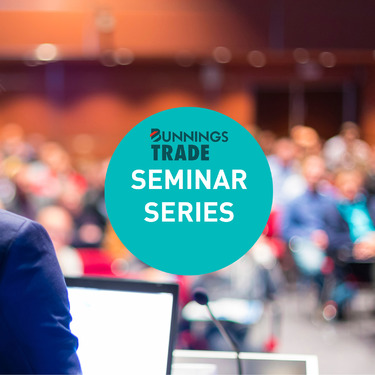
Bunnings Trade Speaker Series
Attend the Bunnings Trade Speaker Series for free to up-skill and expand your knowledge on topics showcasing the latest…


